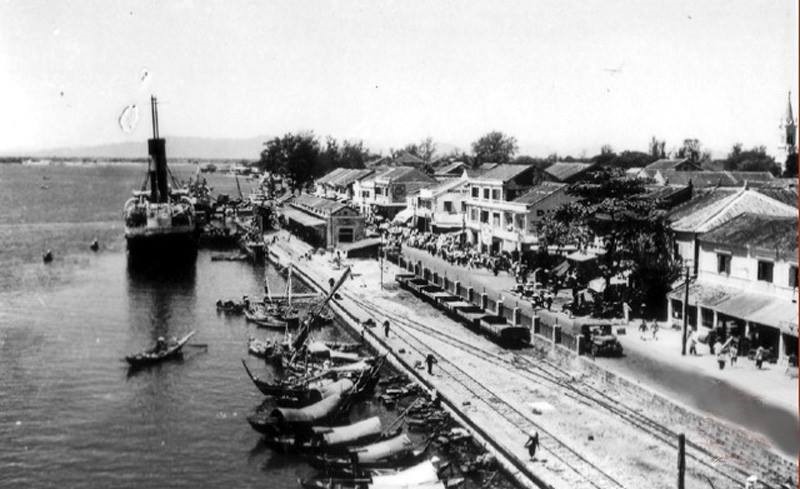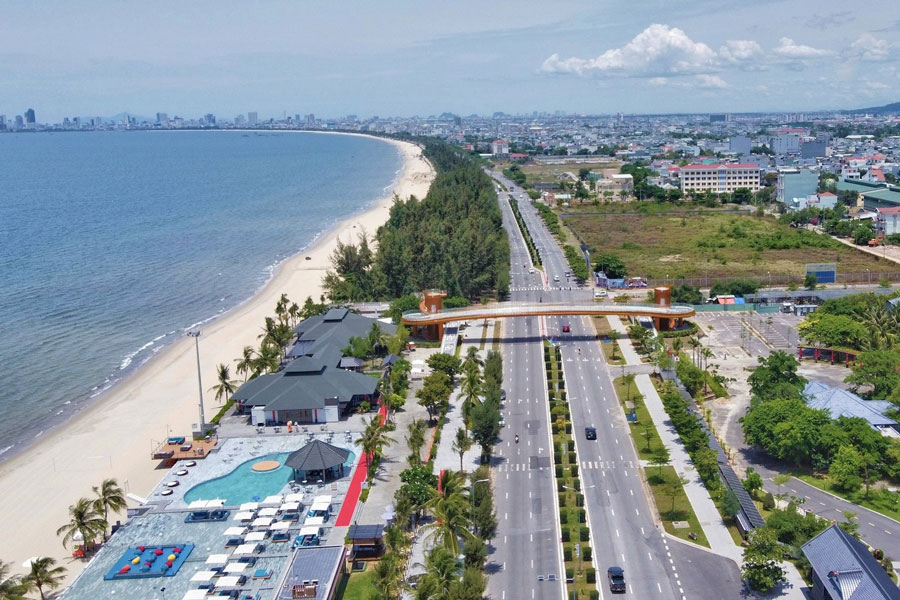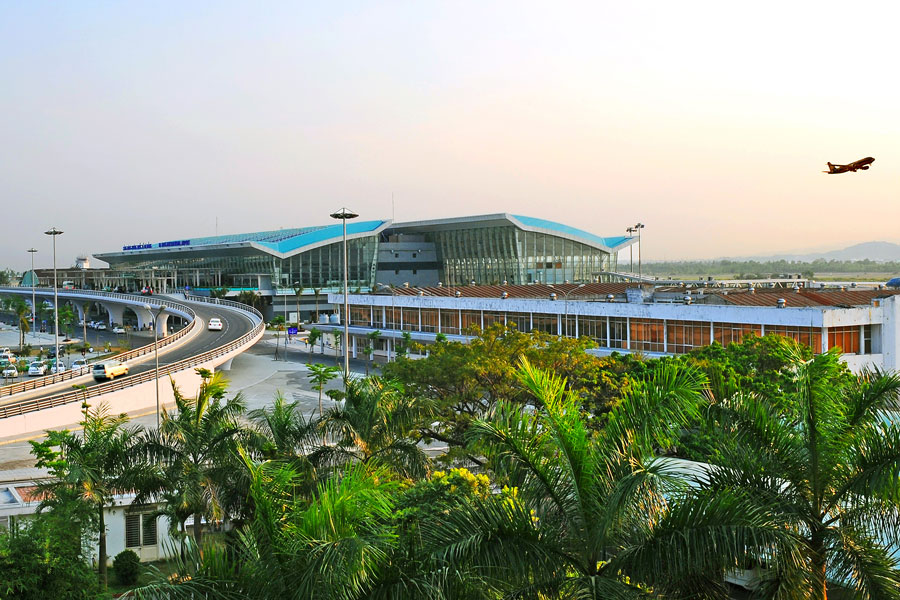Da Nang

Da Nang, a vibrant coastal city in central Vietnam, offers a captivating blend of history, culture, and natural beauty. Its sandy shores, such as My Khe Beach and Non Nuoc Beach, draw sun-seekers and water enthusiasts, while the city's modern infrastructure and vibrant culinary scene cater to a diverse range of visitors. Da Nang's rich history is evident in remnants of the Vietnam War era, including the iconic Marble Mountains and the Dragon Bridge. The city's distinct cuisine, featuring fresh seafood and local specialties like "mi Quang" and "banh xeo," is a delightful exploration of Vietnamese flavors. With its pleasant climate and a plethora of attractions, Da Nang welcomes travelers to discover a dynamic and evolving destination nestled on the stunning South China Sea coast.

Da Nang - the most livable city in Vietnam
Moreover, Da Nang's culinary scene is a delightful exploration of Vietnamese flavors, featuring an abundance of fresh seafood and local delicacies like "mi Quang" and "banh xeo," sure to tantalize the taste buds of even the most discerning food connoisseurs. The city's diverse cultural tapestry is beautifully displayed in its numerous festivals, events, and traditional performances held throughout the year. This cultural richness stems from a mix of influences, from the indigenous Cham people to contemporary Vietnamese traditions.
The origins of human settlement in this region can be traced back millennia, with archaeological evidence revealing the presence of the Cham people as far back as the 2nd century AD. These indigenous inhabitants laid the foundations for the remarkable Cham Kingdom, a civilization steeped in Indian influences, which left an indelible mark on the region's culture and architecture. The legacy of the Cham civilization is still palpable today, as evidenced by the intricately adorned temples and ancient artifacts scattered across Da Nang and its surroundings.

In the post-war era, Da Nang faced formidable challenges, including the cleanup of war-related pollution and the arduous task of reconstruction. Despite the daunting obstacles, the city emerged as a symbol of resilience and adaptability. It embarked on a path of modernization and development, gradually transforming into a dynamic urban center. Today, Da Nang stands as a testament to the fusion of its rich history with the energy of contemporary life. It is a city where ancient temples coexist with modern skyscrapers, and where pristine beaches meet vibrant markets.
Da Nang's transformation hasn't erased its historical significance; rather, it has melded its past with the present. The city's stunning coastline, featuring renowned beaches like My Khe, has propelled it onto the international tourism stage. The blend of ancient temples, French colonial architecture, wartime relics, and modern amenities makes Da Nang a multifaceted destination that invites visitors to traverse through time and culture. It's a place where history, tradition, and progress converge harmoniously, offering a compelling and enriching experience for those who embark on its journey.
Read more: Places to visit in Da Nang
Da Nang enjoys a tropical monsoon climate characterized by distinct wet and dry seasons. The dry season, spanning from January to August, boasts warm and dry weather with plenty of sunshine. Average temperatures range from around 22°C (72°F) in January to 34°C (93°F) in July and August, providing ideal conditions for outdoor activities and beach excursions. On the other hand, the wet season commences around September and persists until December, bringing higher rainfall and occasional tropical storms. While this season sees more precipitation, it offers lush green landscapes and a more tranquil tourism scene.

Da Nang has quite pleasant weather
You may also like: Danang Tours
Traveling to Da Nang is made convenient through various transportation options:
1. By Plane: Da Nang International Airport (DAD) serves as the primary gateway to the city, offering domestic and international flights from various destinations.
2. By Train: As a significant railway hub, Da Nang is well-connected through the Reunification Express, linking the city to northern and southern regions with scenic coastal views.
3. By Bus: Long-distance buses operate from multiple locations in Vietnam, with the central bus station conveniently located near the train station.
4. By Car: Accessible via National Route 1A running along the coast, Da Nang is easily reachable by road from cities such as Hue and Hoi An.
5. By Boat: Da Nang's port handles cargo and limited passenger services, particularly from nearby Cham Islands.

Da Nang International Airport
When you arrive in Da Nang, the city offers a variety of transportation options, including taxis, ride-sharing services, and local buses to assist you in getting around and exploring the city and its surrounding attractions. If you have any questions or concerns, feel free to contact us at Asia King Travel, we are always ready to help and provide answers.
Read more: Best of Vietnam & Cambodia tour